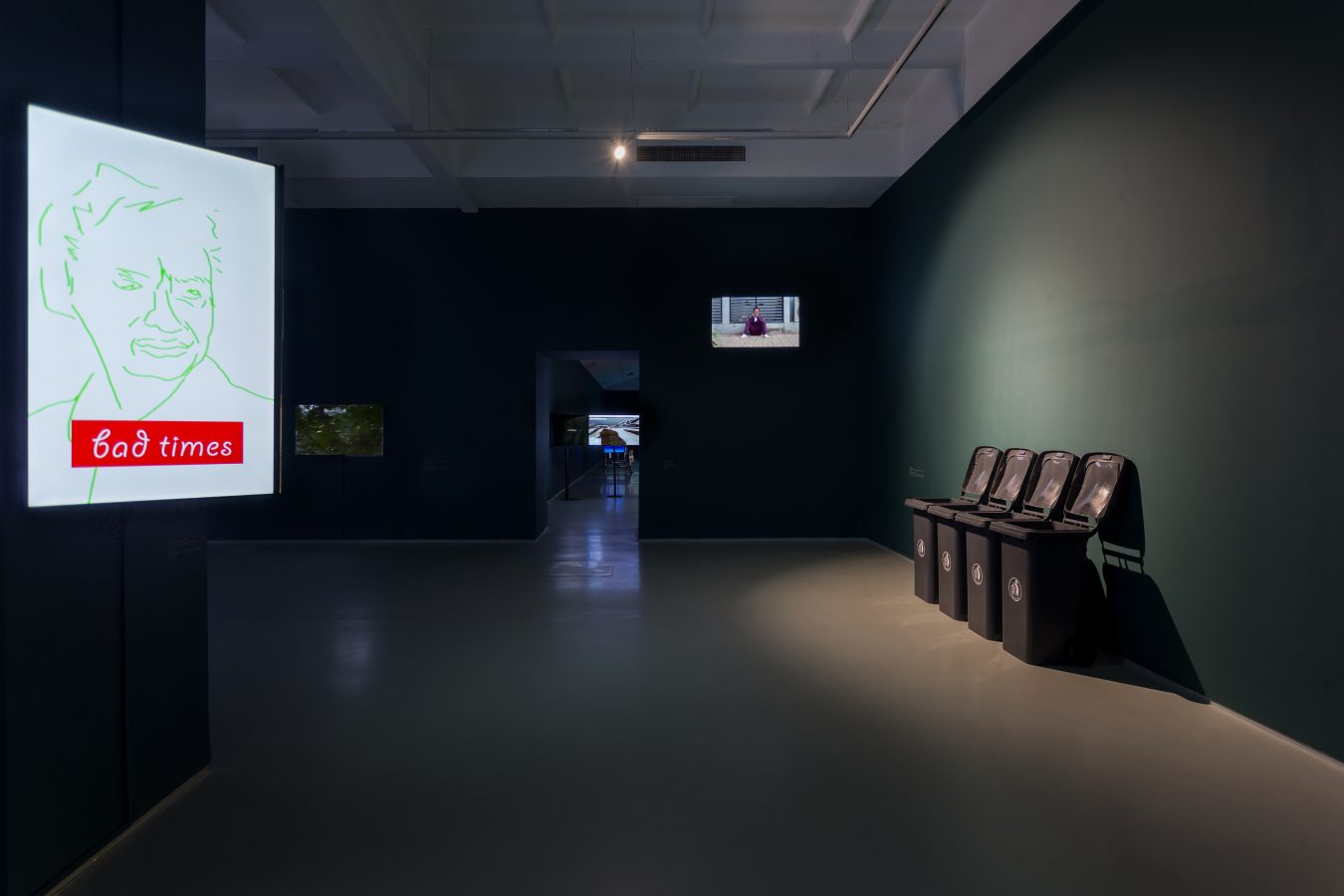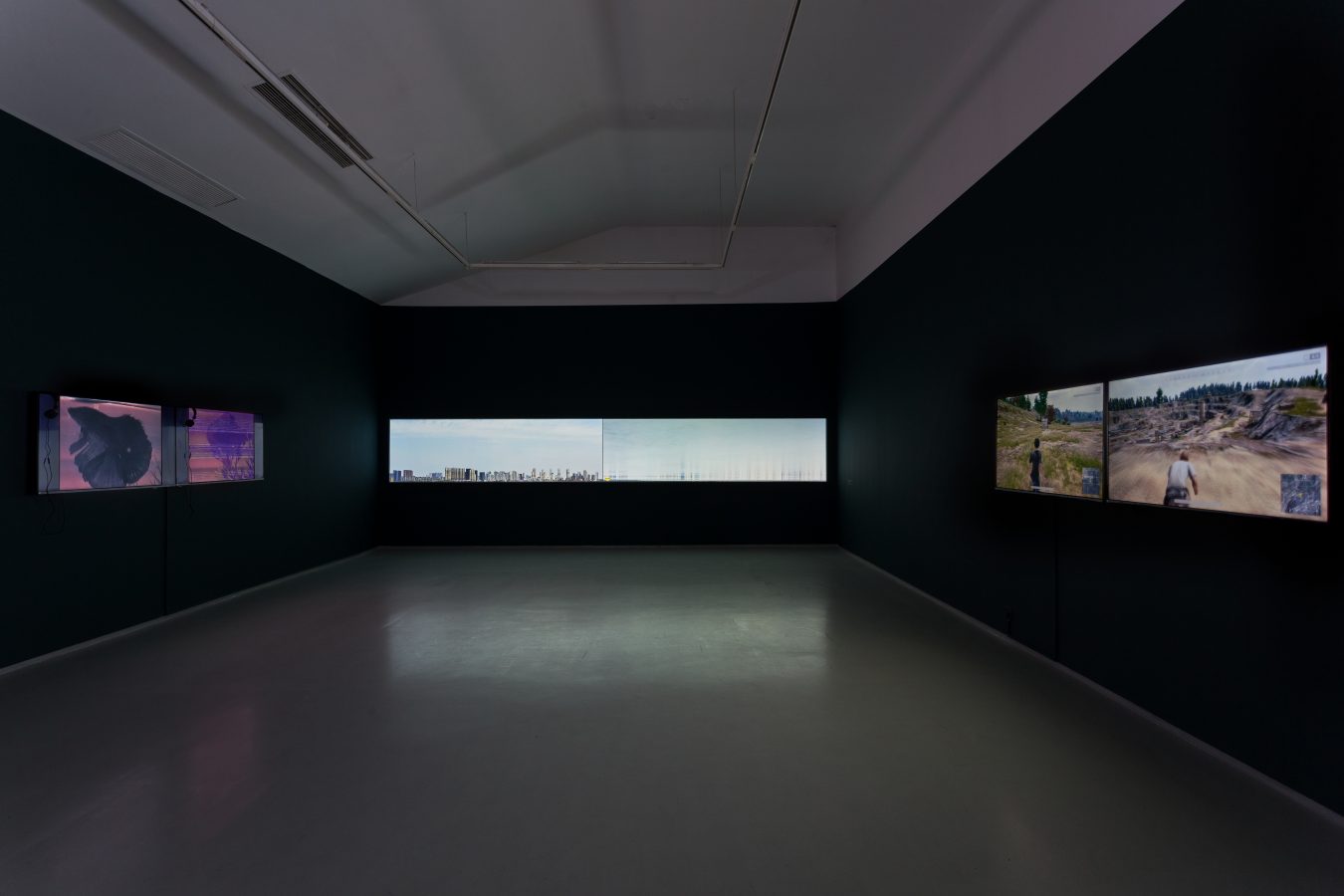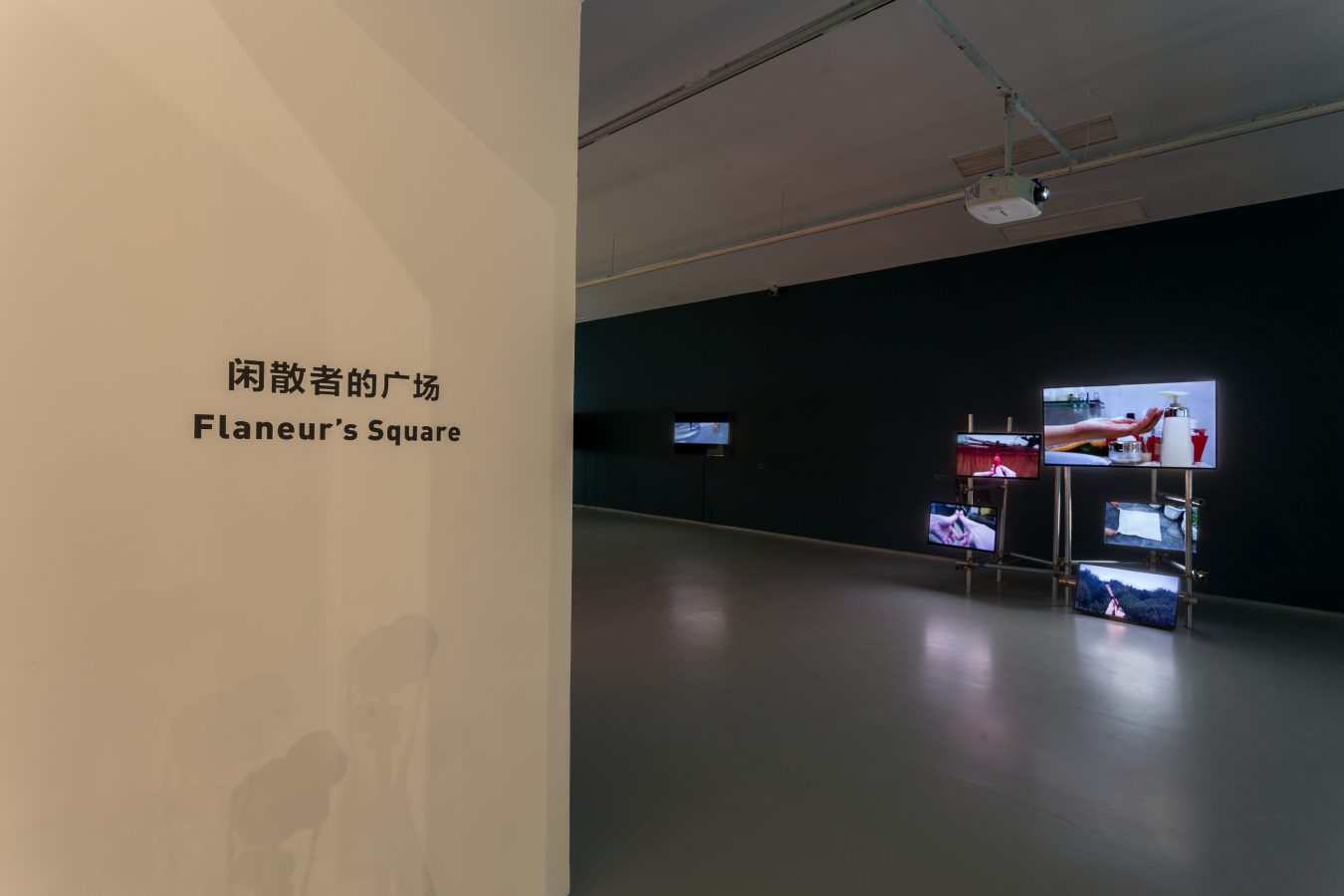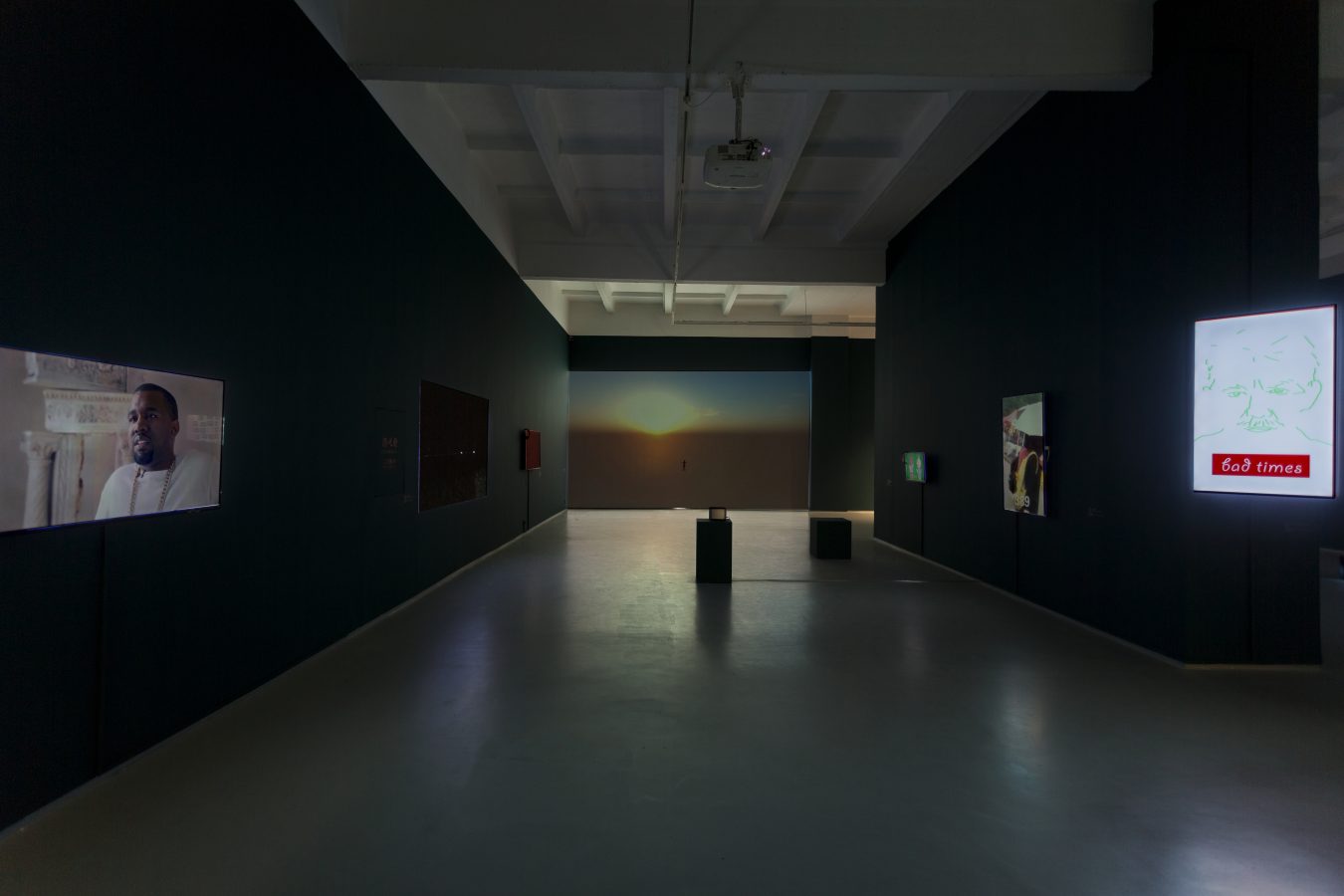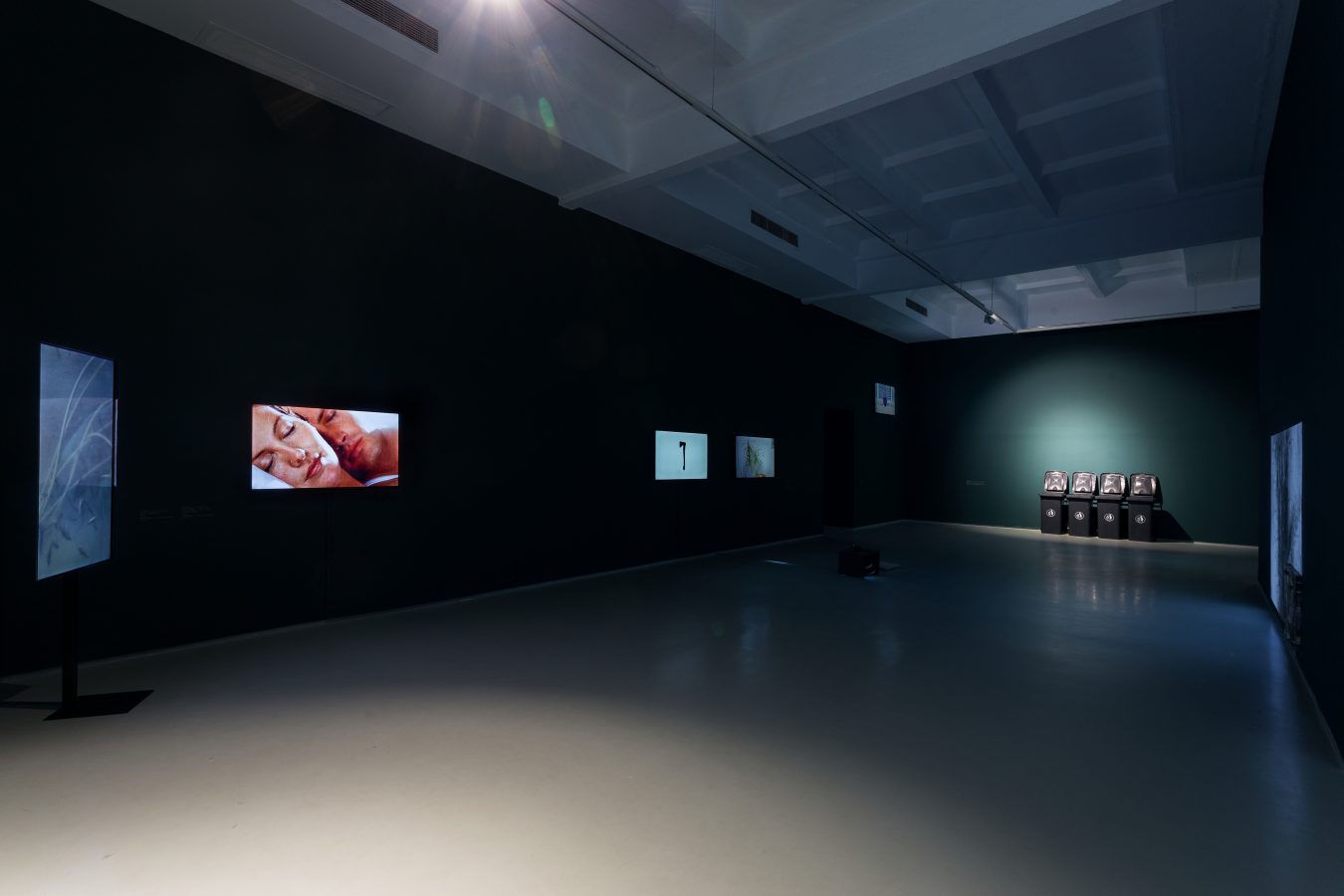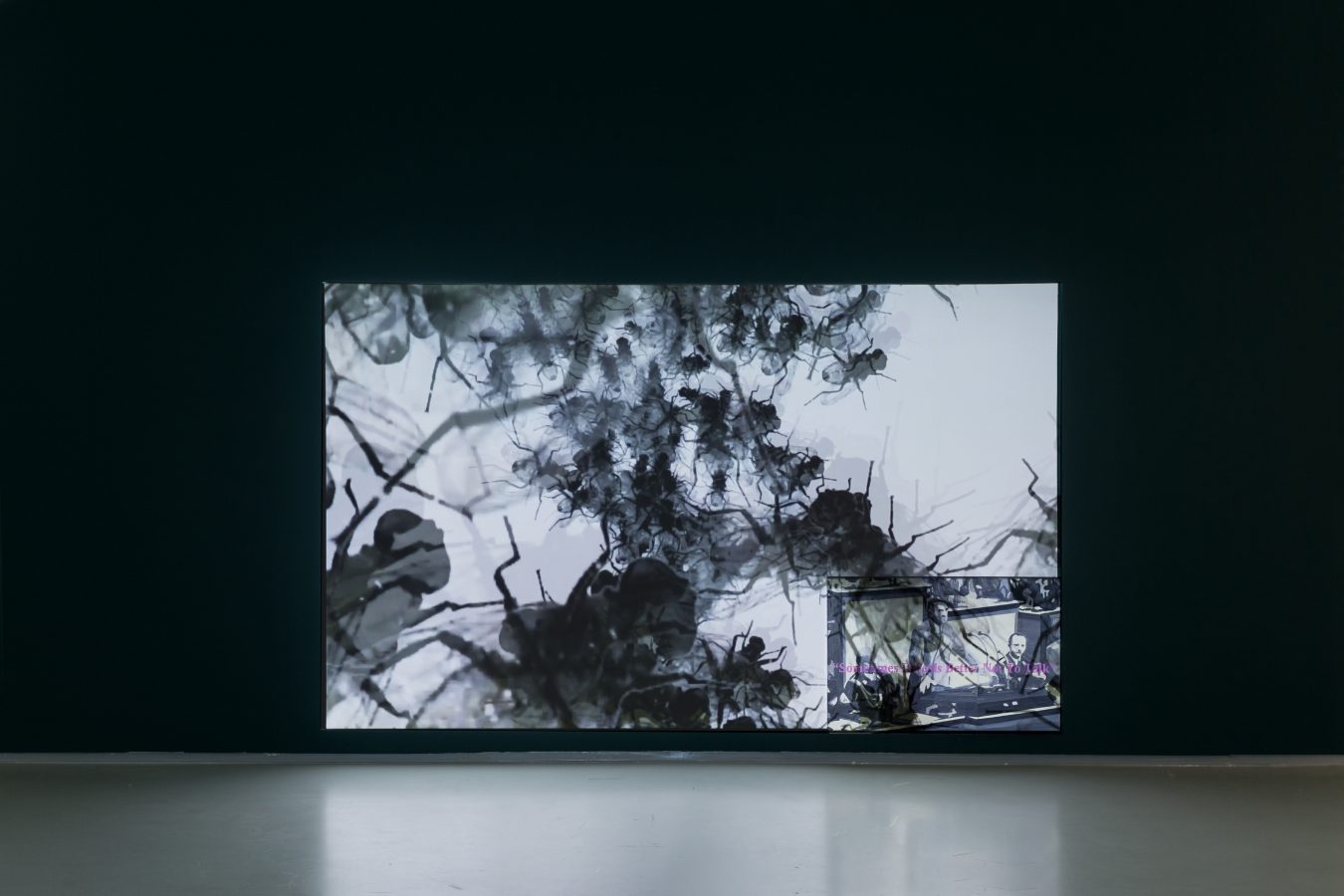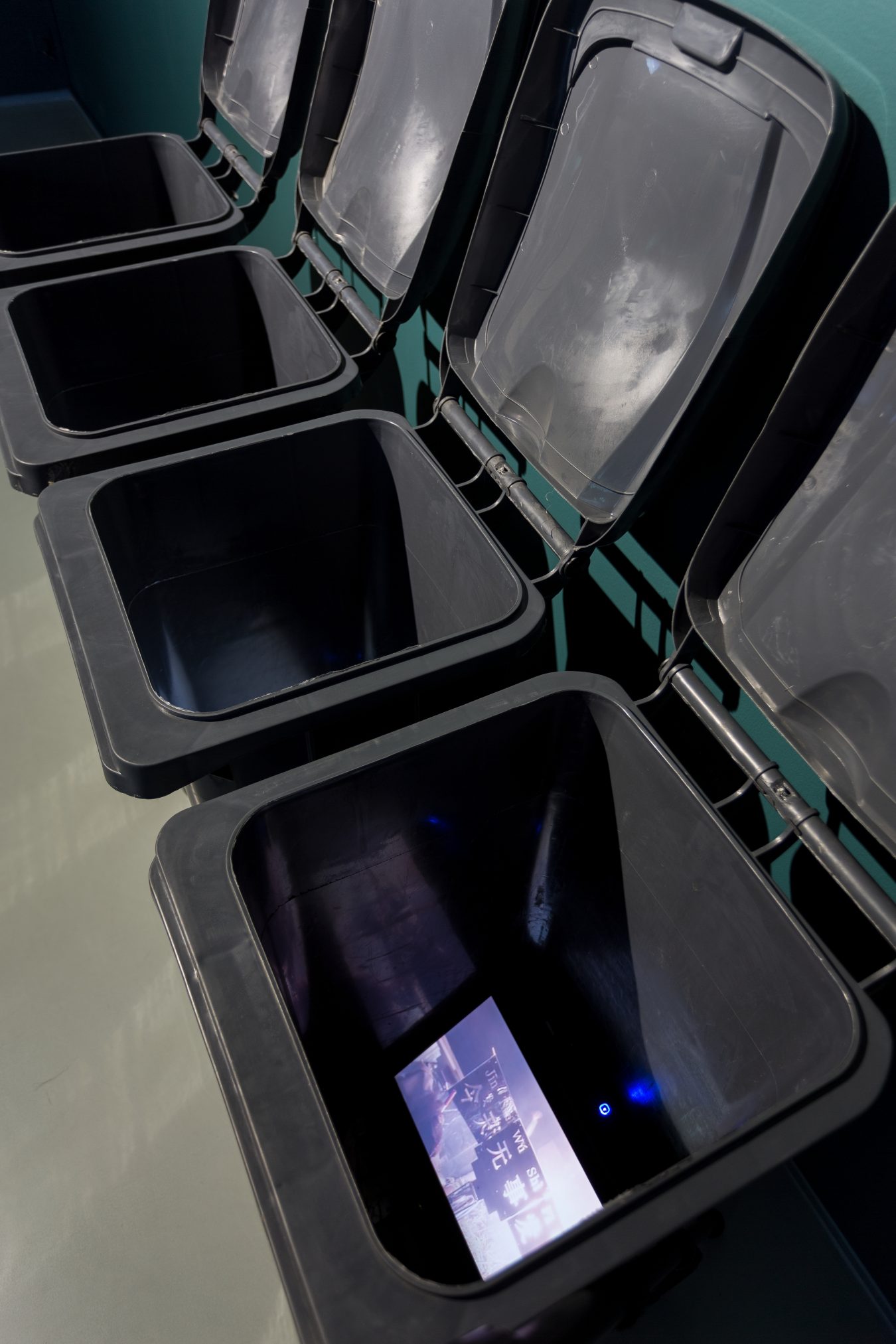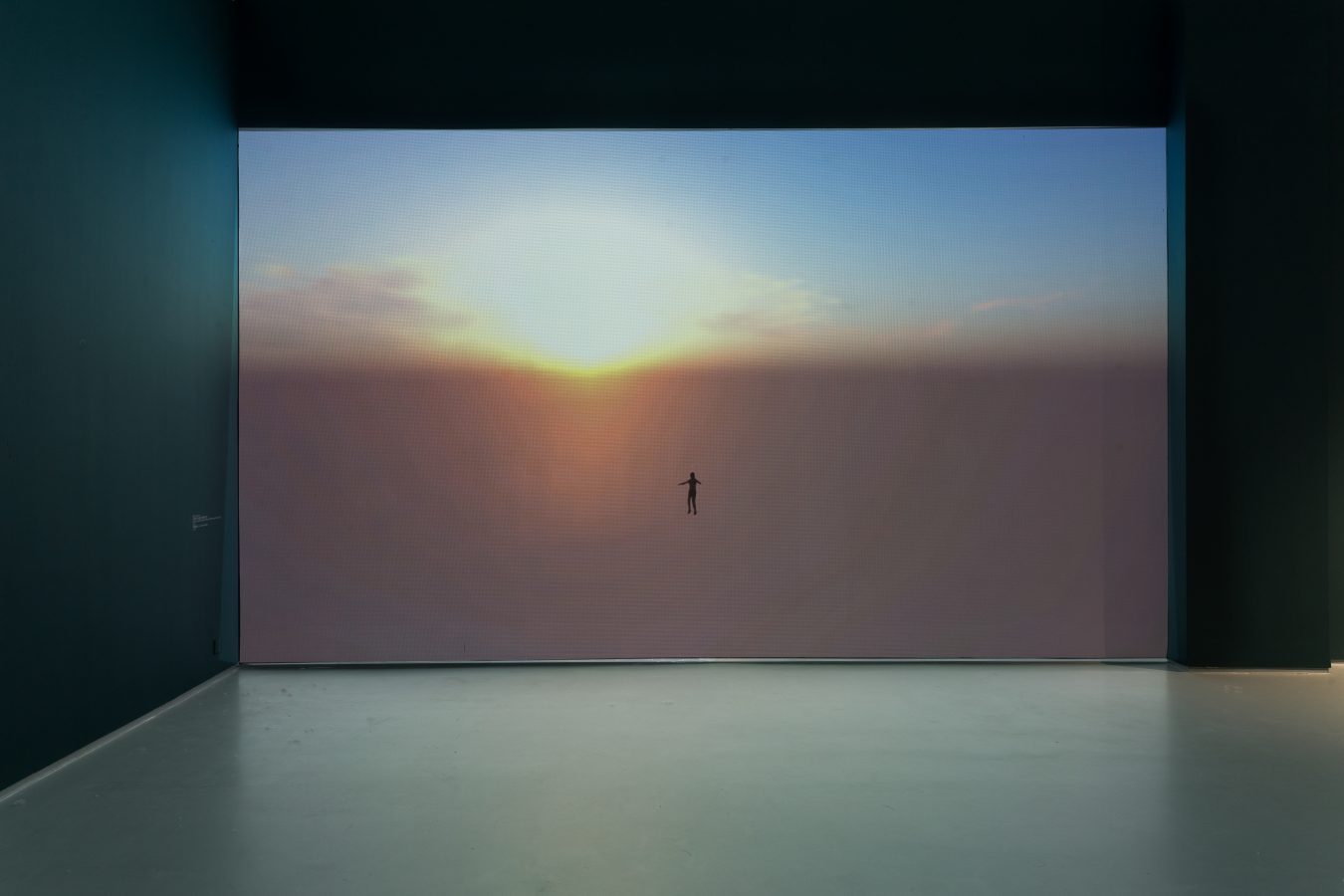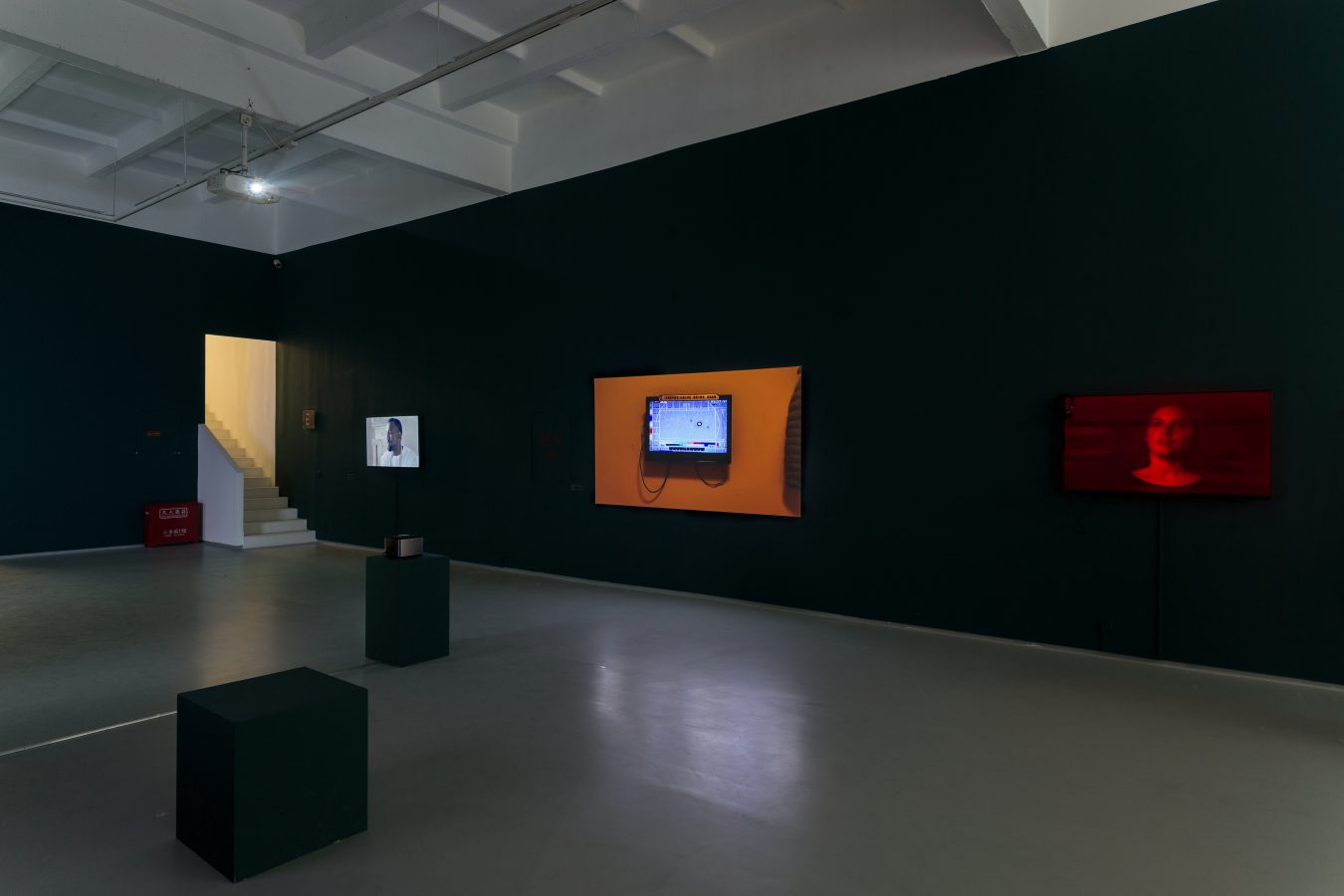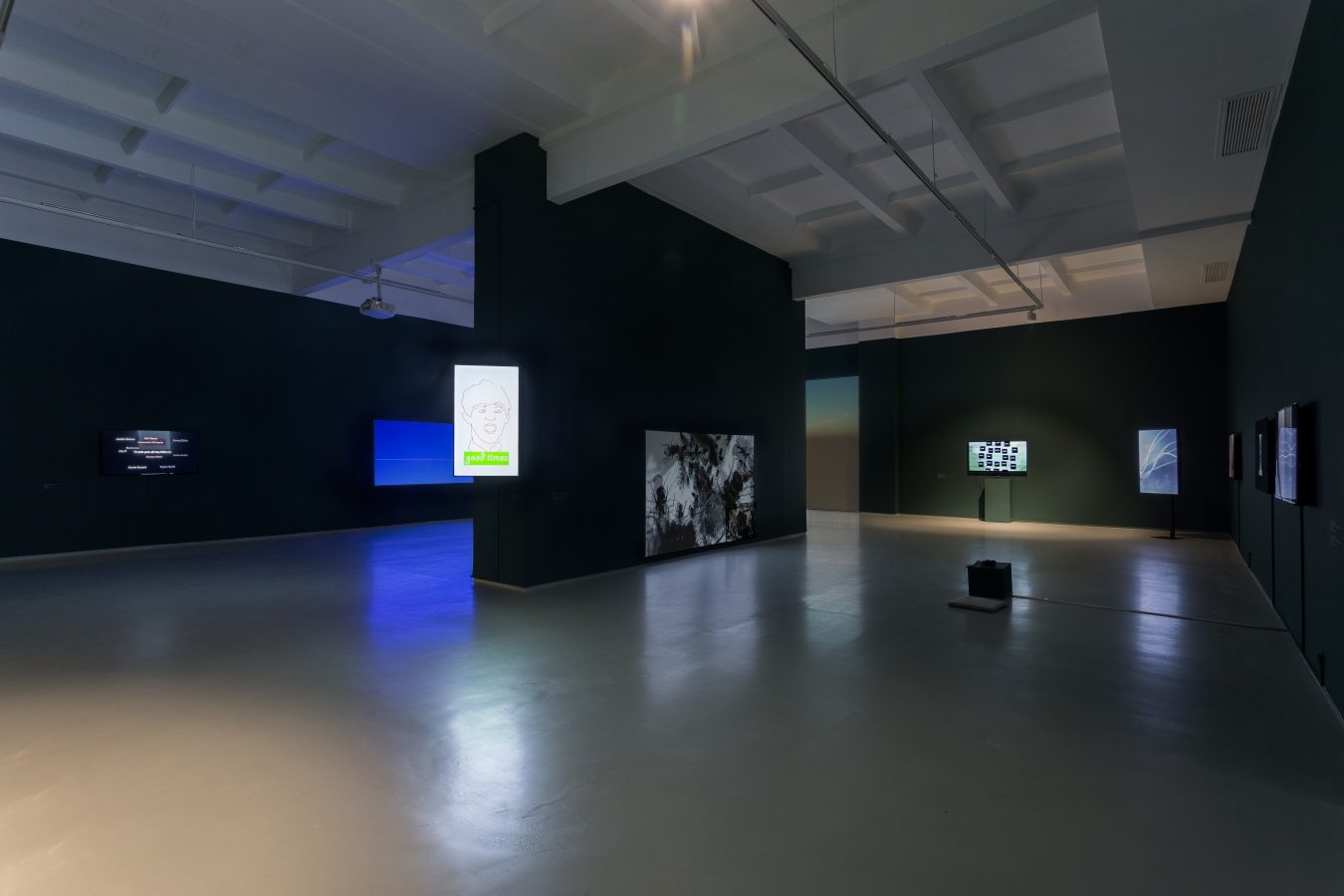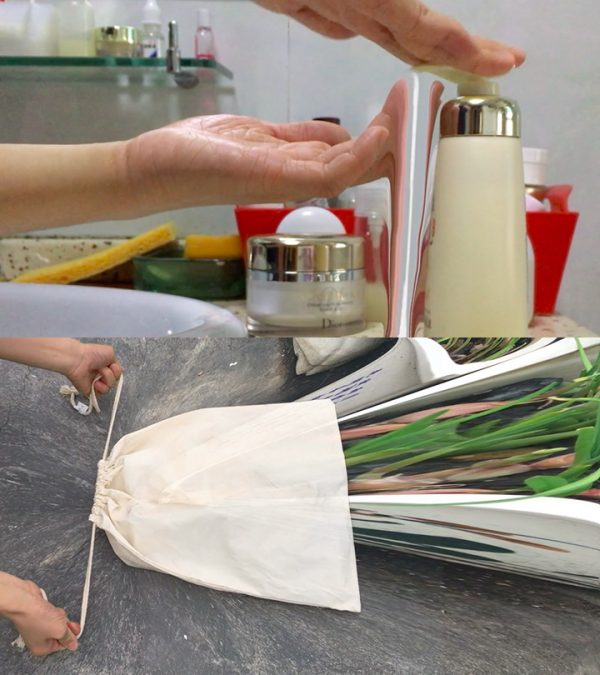Hive Center for Contemporary Art(Beijing) is honored to pronounce, “Flaneur’s Square” a group exhibition of video will be presented at Exhibition Hall B and C from April 22nd to May 28th 2018. This exhibition curated by Yang Jian, the director of Hive-Becoming Project, has invited 23 young artists, or “flaneurs” in this context to assemble, wander, occupy and show together with their works in the exhibition space—now a local “square” that cradles events and incidences. This video-based exhibition will present the artists’ “unorthodox” videos created in everyday life, that is, the pieces beyond the reach of their linear and formal practices and created like by one second of genius, and it is to observe the creators’ metal state of art-making by treating them as a phenomenological object, thereby trying to figure out the possible future directions diffracted by video art. Gratitude is delivered to Storm TV’s patronage.
A producer of contemporary art, owing to his precise and insightful question-raising, has became the inappropriate and the restless in the crowds, or he has actively or passively been screened out of the mainstream categories by the utilitarian division of our society. After entering the industrial mechanism of art, professional artists fall into a columnist working mode. This mode increasingly justifies their world of homogeneity and make it as rational and normal as the daily law imbedded in subconsciousness. Consequently, this process accompanied by the consumption of vitality and energy has brought the artists into a self-guarded zone of safety production. In addition, after getting spread on the network of today, an artist’s art path, which is supposed to by unpredictable and complex, has been exploited and reduced into certain dissemination-friendly and well-planed state that overwhelms the artist with categorization and definition all the time. Inevitably, they walk into or become categorized by one circle after another.
“Flaneur” refers not only to the artists, but also the works of the same kind here. First, usually these works that feature objects picked by the artists’ optional casualness or that are created out of the artists’ boundless tolerance, are beyond the descriptions of the artists’ s systematic discourse, sometimes they are even results of the artists’ childish impulses or sometimes they become paradoxes. Next, the unavoidable power of controlling and analyzing of adult (matured creative will) starts to work, seeking the connections under the surfaces of the objects and giving life to the “Flaneur” works. They are there, like a strange bizarre and free etude of music, suddenly touching the ears. Fragments as they are, they are concealing secret and personal emotions, and revealing the details deep in a certain world of the artist’s memories under the shield of explicit yet ambiguous imaginations. Perhaps a “Flaneur” artist doesn’t intend to carefully build some tenable viewpoint or to examine certain underlying order in some conditions, rather, at these moments of “improvisation”, he or she is just enjoying the identity of “Flaneur”. The identity allows him to take a break and to get rid of the “circle” or the “community” he been in, and seemingly it can also help inspire certain abstract thinking of art, rejuvenating vitality and repairing the fresh strange nature of art. At these moments, the artist, like a hero of his own, stand up and defend for himself. But paradoxically, on the other side of the coin, once such a “Flaneur” piece gets labelled by the artist as a work of art, it immediacy mirrors the artist’s ambition in art and reveals that it actually is a compacted version of the artist’ recent changes of thought. It’s like a non-content book written by Flaubert, or “The Great Beauty” (La Grande Bellezz) depicted by Paolo Sorrentino with delusional and inattentive freedom.
With an attempt to interrupt the linear practices of the artists’ and break their own art contexts, this exhibition makes the phenomena drawn out of their linear art-making history assembly, wander, occupy and co-display in the galaxy-like “square”, observing the things happening inside the crowds or on the streets, letting go whatever curious or skeptic gazes may be cast by other and revealing the revealing the dialectical nature of their stuffs in the process of comparing and mutual-referencing.
